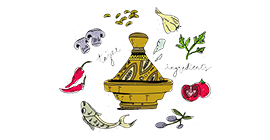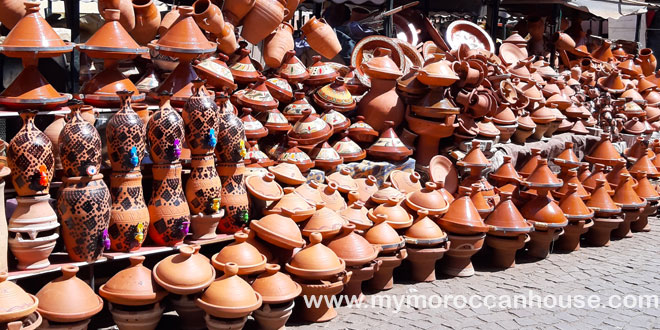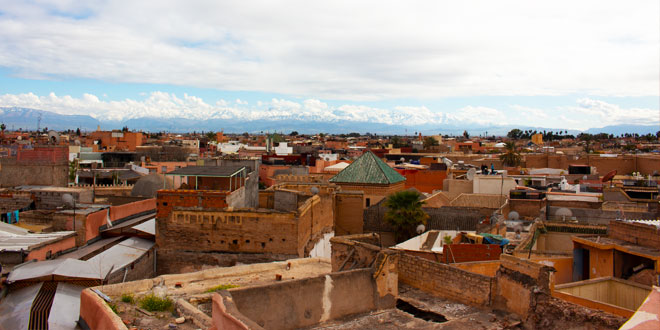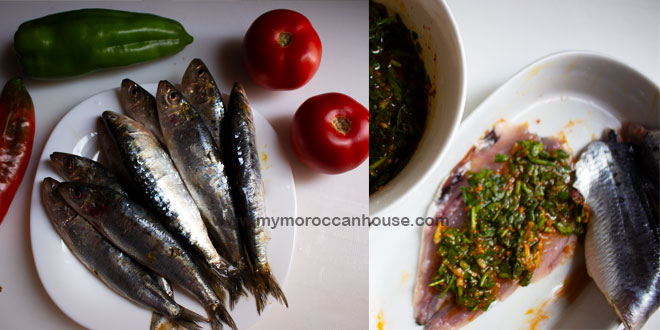You have reached this interesting post as you might be among those who have asked the following questions: do you eat Moroccan food with your hands? What hand do you eat with in Morocco? Why can’t you eat with your left hand in Morocco? Why do Moroccans eat with their hands? if so, you have come to the right place.
In general, Moroccans eat their food with their hands, particularly their right hand. This is mainly a culturally and religiously bound custom. Moroccans, being Muslims, eat only with the right hand as the left is used for dirty tasks or for the toilet, and if you happen to be invited by a Moroccan family, you may want to do likewise.
Hold a small piece of bread between your fingers and try to use your thumb as a scoop. Remember to eat with the right hand only and use your thumb and the first two fingers. Using more is a sign of greed.
Do You Eat Moroccan Food with Your Hands?
Yes, we eat Moroccan food with our hands. Moroccans only use their right hand to eat, the left hand is mostly kept for toilet and dirty tasks. Eating with hands also depends on the kind of meal you are offered.
We eat with a piece of bread, however, there are some exceptions like Couscous. Younger people would prefer to eat with a spoon as it is less messy. On the other hand, older people eat couscous by making small couscous balls with their hands.
As a tourist, you might be invited to a home, and find yourself using your hands rather than a knife and fork. Moroccans might expect you to eat with your right hand. So, hold the bread between the fingers and use your thumb as a scoop. It is often easier to discard the soft centre of the bread and to use the crust only.
When eating from one big shared plate at someone’s home, it is polite to take only what is directly in front of you, unless specifically offered a piece of meat by the host.
What Hand Do You Eat with In Morocco?
Moroccans eat with their right hand. This is religiously related as it is justified by the sunnah of the prophet Muhammad peace of Allah be upon him.
Sunnat means the way the Prophet Muhammad may peace be upon him behaved throughout his life. Thus many Muslims eat with their hands around the world. A Muslim might gets rewards for eating with their right.
What is more, Moroccans with family or relatives in general always eat together and use their hands.
When one you are invited to a Moroccan family’s house, you sit down in front of a round table, on the floor, or most often on a comfortable bench.
Before eating, a member of the family or a servant passes by with a pitcher of water accompanied by a bar of soap, so that the guests can rinse their hands before eating.
We eat with the right hand, the thumb, index, and middle fingers are used, because the left hand is kept for the toilet, and thus considered dirty or impure.
If you are invited to eat couscous, you might want to opt for eating it with a spoon but know that traditionally it is eaten with the hand, as Moroccans form small balls with semolina, meat, and crushed vegetables.
Why Can’t You Eat with Your Left Hand in Morocco?
In Morocco, most often the right hand is used, and the left hand is considered impure. The left hand is always kept for dirty things or for the toilet. It is also perceived as very impolite not to wash your hands before a meal.
Why Do Moroccans Eat with Their Hands?
Moroccan cuisine remains centered around such family meals. Moroccans eat with their hands and eat salads and tagines nearly every day. The dish is placed in the center of the table for the whole family. It is unacceptable to eat apart. Therefore, eating is not an individual experience, it is about sharing.
Moroccans have a close connection to the food. People mostly eat with their right hand using bread, making balls of couscous. It is about touching the food, feeling it.
The family is one of the most important components of daily life in Morocco. The Moroccan family is a lively family, which spends a lot of time together, especially around good meals. Most interactions and decisions in the house took place at lunch or dinner when everyone gathered around an excellent meal prepared by the mother of the house.
In Morocco, eating with your hands is a centuries-old tradition. Since family reunions usually include extended families and community members in large gatherings, a huge tagine is often prepared, served with crusty Moroccan bread called khobz, fresh fruit, and Moroccan mint tea.
Interesting facts:
- It was not until the 12th century that England adopted the spoon; it is also used more often for cooking than for bringing food to the mouth.
- 3.5 billion humans eat with their fingers
What Is so Special About Morocco? Reasons Why You Should Visit Morocco
Morocco is a land of glamorous and vivid contrasts. The gateway to two continents, it is a country of breathtaking landscapes, rich in history and heady with magnific scents and spectacular sights.
While the countryside is home to old traditions and diverse peoples, the ever-growing urban centers boast incredible new architecture together with the old, and activities to suit all modern tastes.
Morocco’s diverse geography, multicultural atmosphere, and rich history make it a mesmerizing country.
Its towns offer a striking contrast of ancient kasbahs, mosques and souks and modern architecture, with a
mix of Berber, Arab and African peoples.
In the crowded ancient medinas, young men in designer jeans haggle over cell phones alongside traditionally dressed women shopping for housewares.
In the fertile countryside, a farmer riding on a goat is as common a sight as a television satellite perched on a mud-brick roof.
Moroccan culture is extremely rich and difficult to pigeonhole. Moroccan landscape includes beaches, mountains, lakes, forests, and deserts.
Morocco is a unique blend of Arab, African, and European ways of life, and the Moroccans wouldn’t have it any other way.
Moroccan cuisine is rich and varied, owing to a variety of cultural influences. Meat is well-spiced and lean, vegetables are fresh and abundant, and everything is permeated with spices.
Moroccan cooking is quite labor-intensive and dishes are pleasingly presented as well as meticulously prepared.
Beef, lamb, fish, and chicken are all popular and used in a variety of dishes. Pigeon and turkey are also available, and the seafood in the coastal cities is not to be missed.
Meat is prepared according to Islamic halal regulations.
Rice, semolina wheat, and barley grains are used for a variety of dishes. A wide range of spices is used, including cumin, saffron, paprika, ginger, cinnamon, red and black pepper, and a special mixture called ras al-hanout is widely used in Moroccan cuisine.
A typical Moroccan meal starts with something fresh or cooked salads, olives and pickled vegetables and bread, and sometimes a cold beverage. The main course is then brought out, usually in a large pot, or tajine.
Moroccans will either eat from the main dish with their hands or using spoons, or serve food on to individual dishes.
After the main course is through and plates are removed, various fruits are arranged on the table, and mint tea is served, sometimes with Moroccan cookies.



